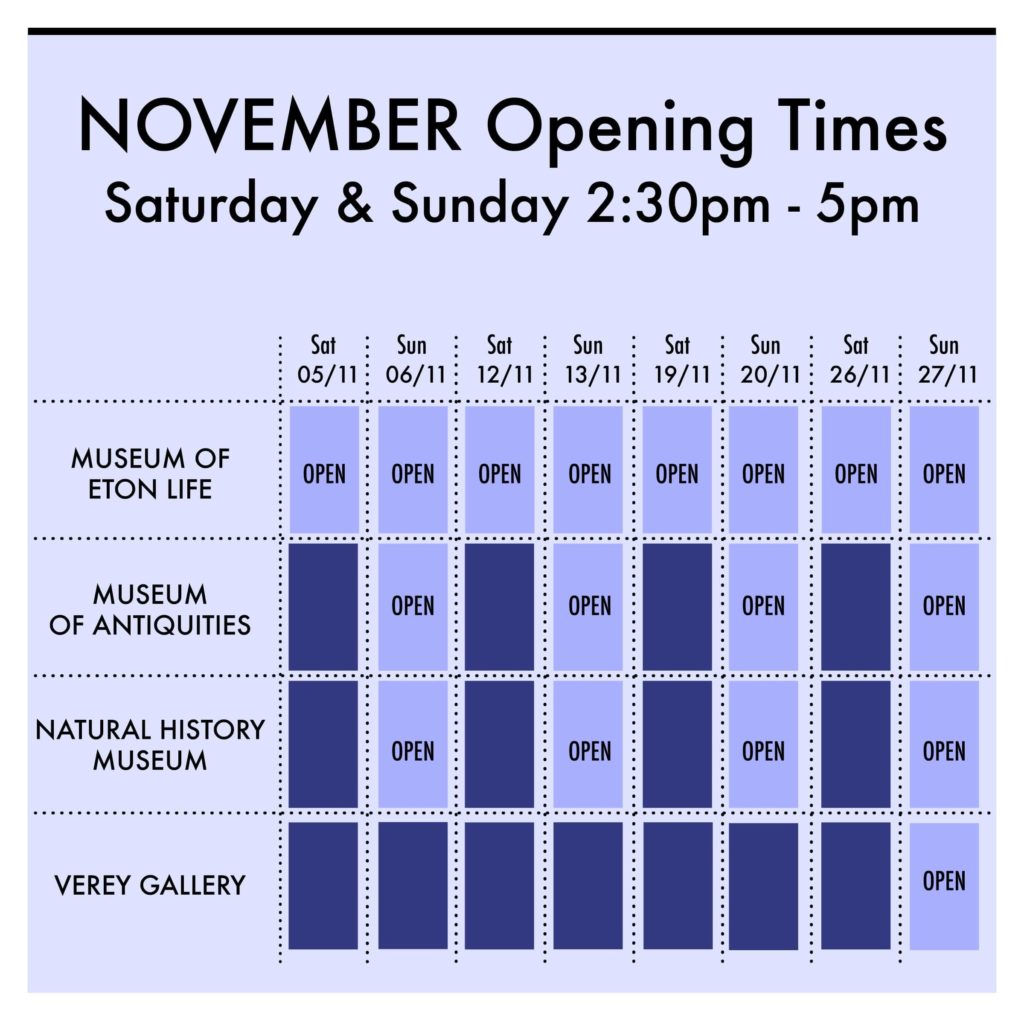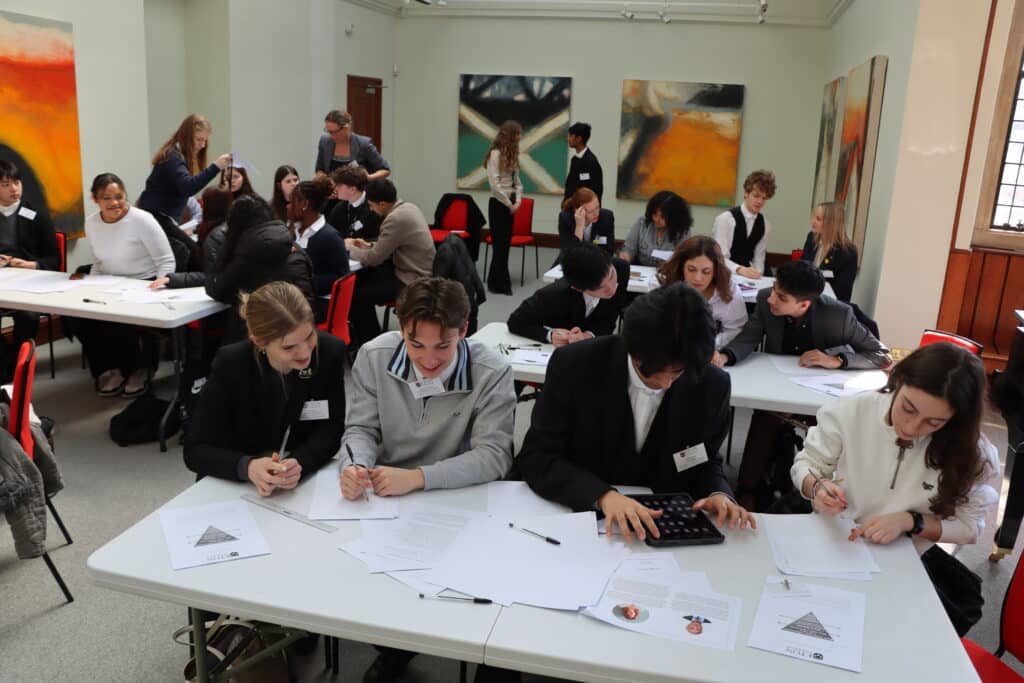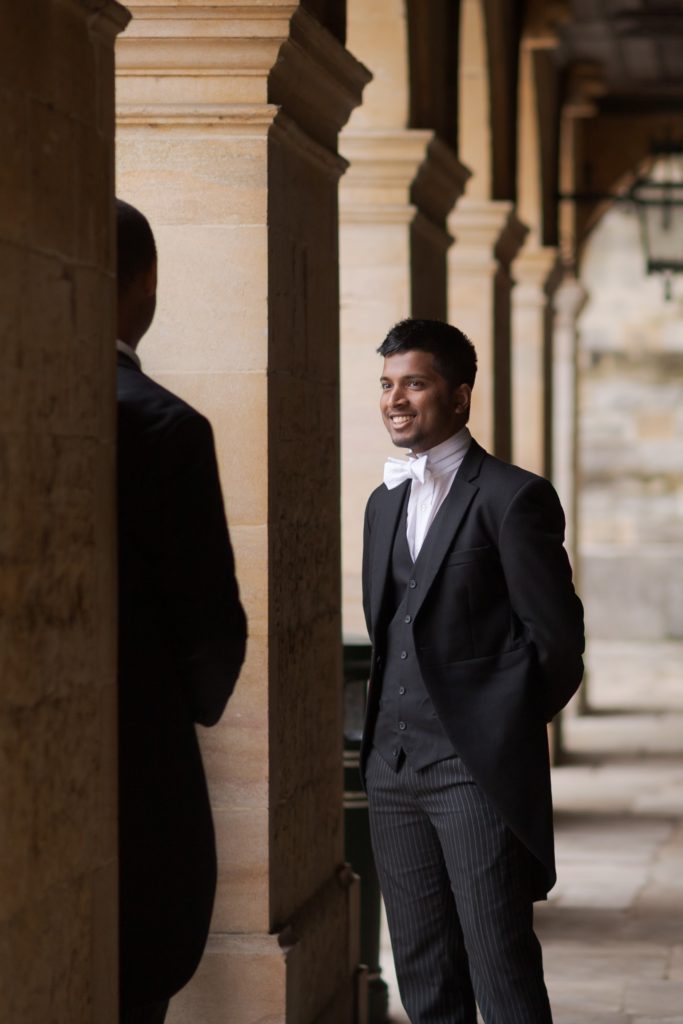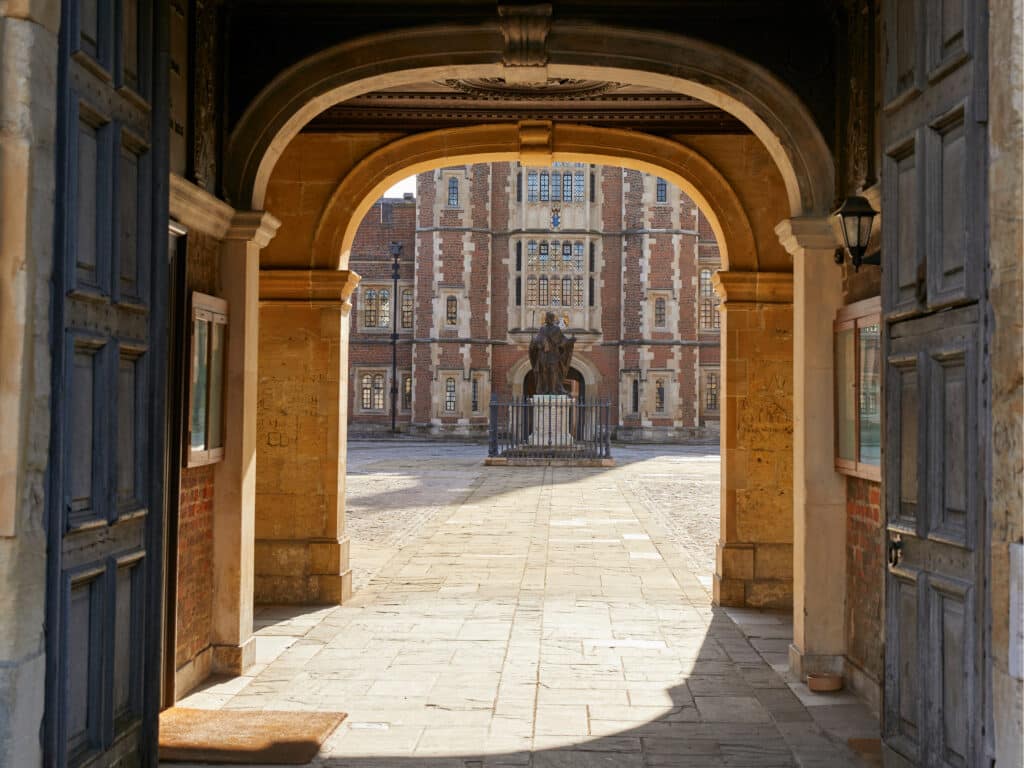Friends Event
On Wednesday 5 October, some 40 Friends of Eton College Collections gathered in Election Hall for a lecture by Andrew Robinson of Eton’s History Department on the life and ghost stories of Montague Rhodes James (1862-1936). This was interspersed with readings by Peter Broad, actor and English teacher. Afterwards, the Friends had an opportunity to explore a special display of manuscripts, photographs, books and documents relating to James’s ghost stories, his scholarly work as a medievalist, and his time at Eton as a boy and later as provost. Afterwards, the current Provost welcomed the Friends into his lodge to view some of his own collection of M.R. James material alongside the portrait of James painted by Gerald Kelly shortly before the author’s death. Philippa Martin, Keeper of Fine & Decorative Art, was on hand to explain the background to this arresting portrait, as well as related items from Eton College’s art collection.
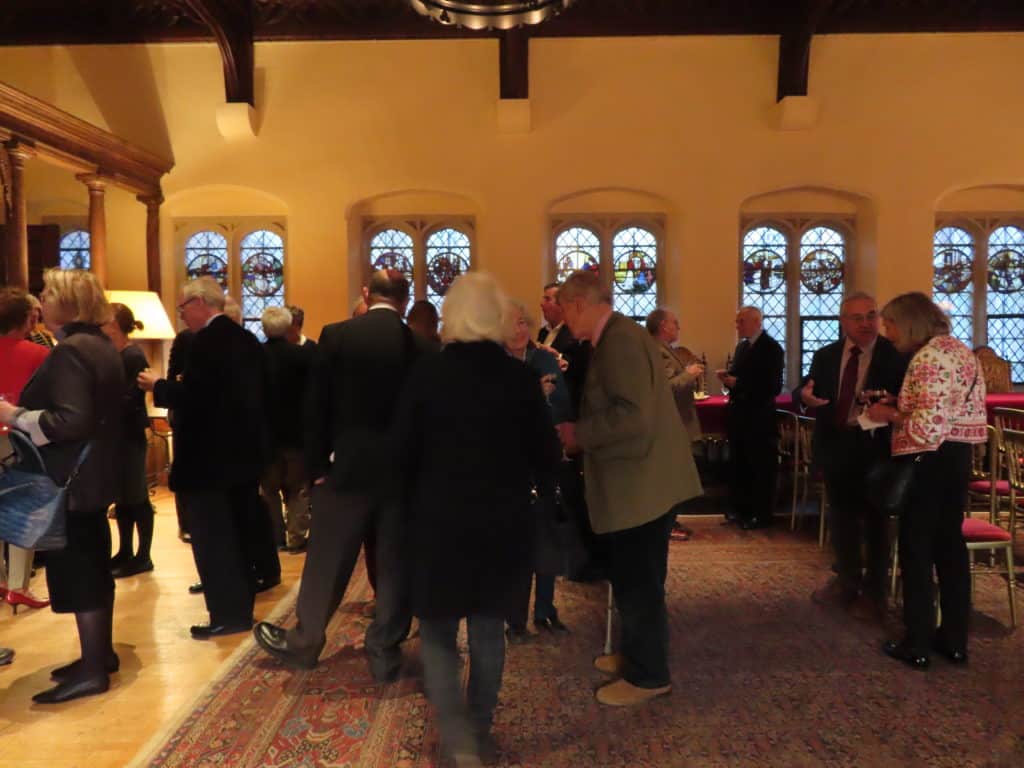
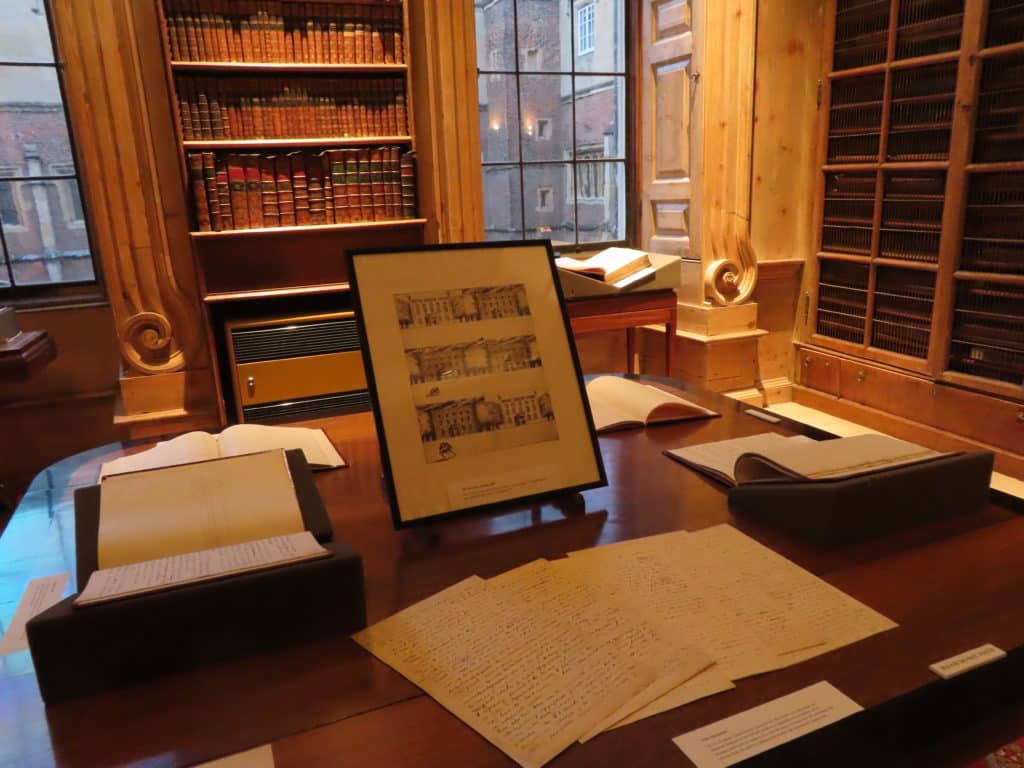
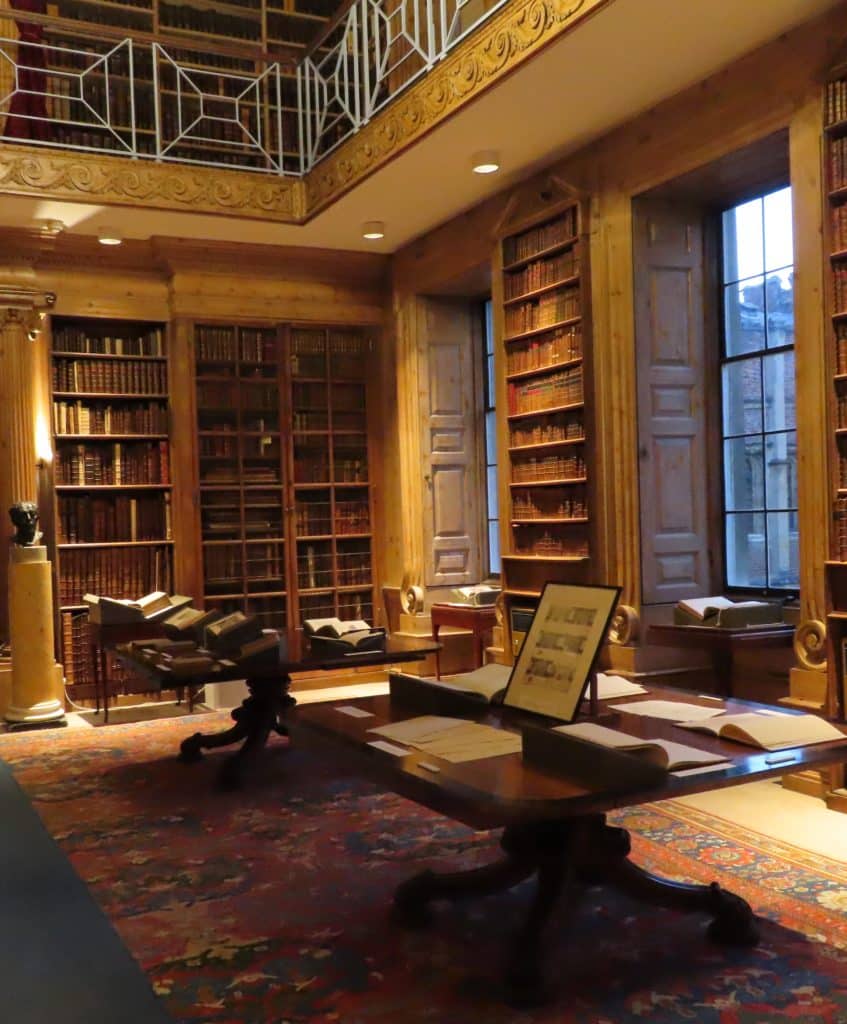
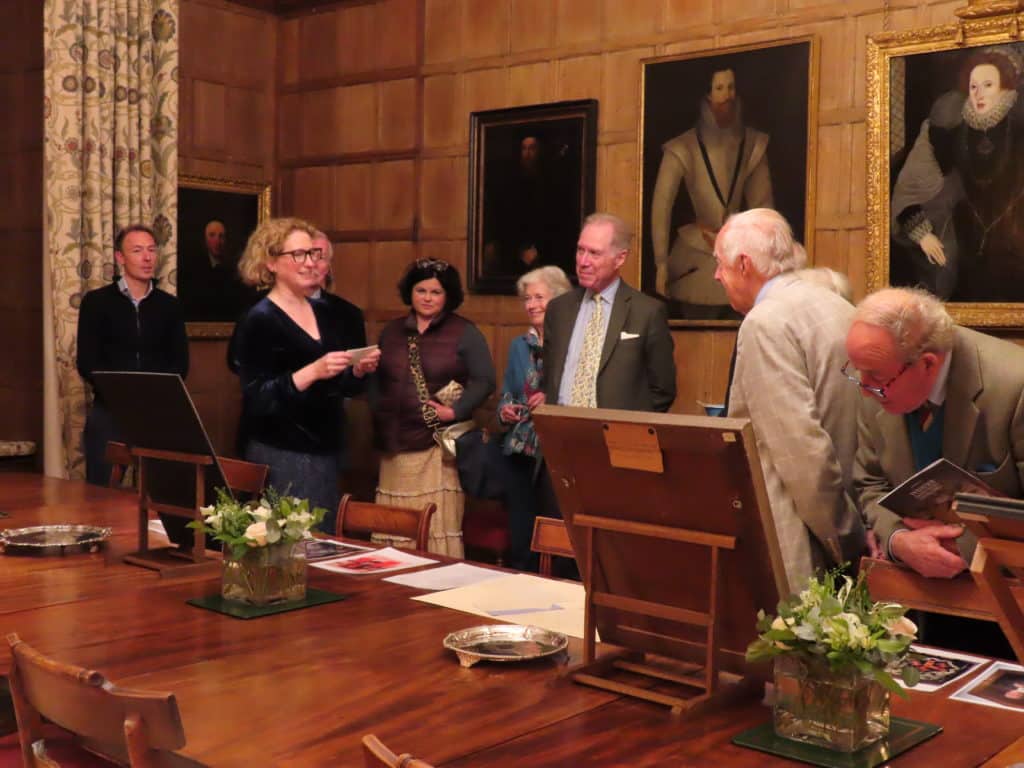
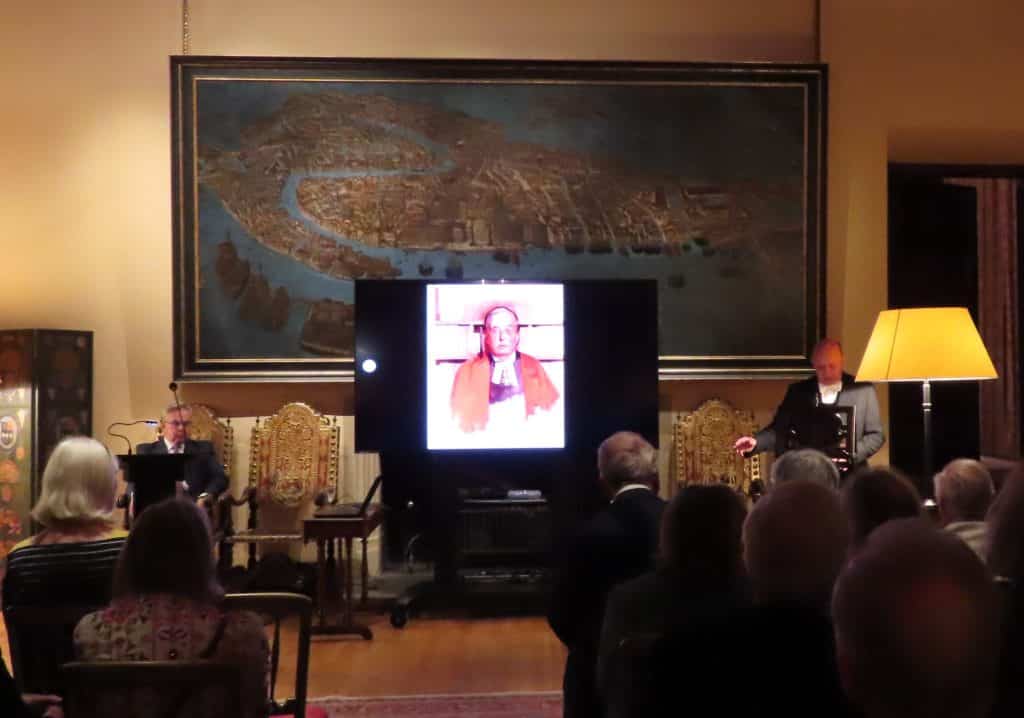
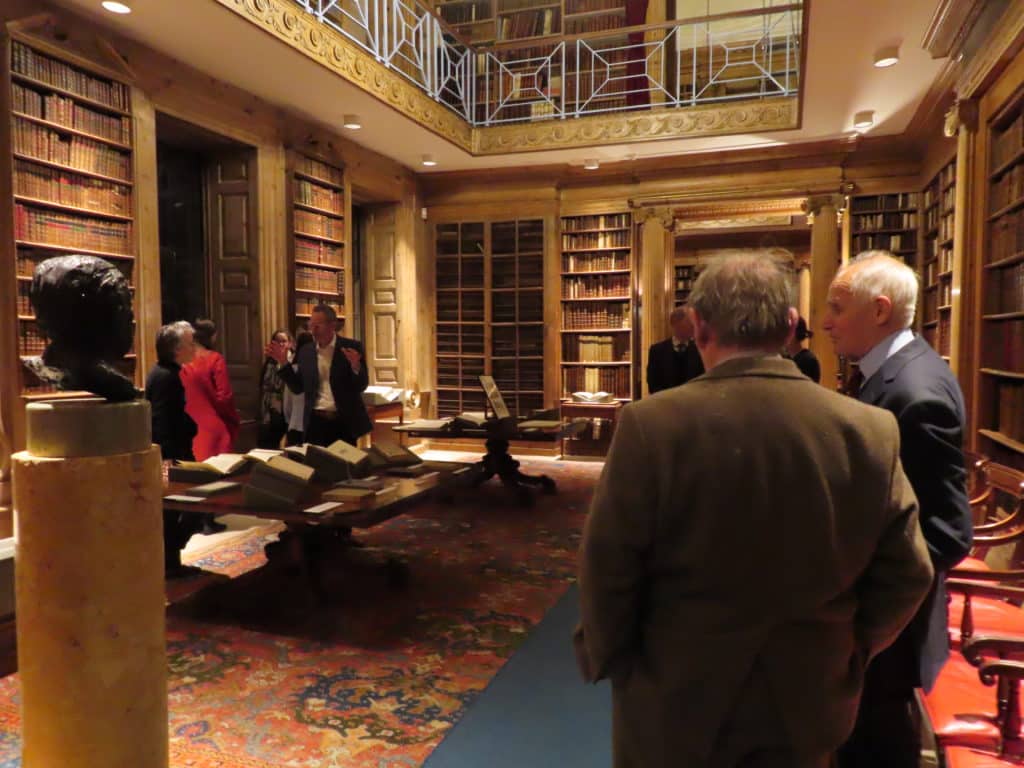
Banks Study Day
To coincide with the exhibition To Botany Bay and Back: The Worldwide Web of Sir Joseph Banks on Thursday 6 October, Eton College Collections hosted an A Level study day, particularly relevant to those studying Biology, Economics, Geography and History.
Alongside sixth form students from Eton College, students from Altwood CofE School, Blessed Hugh Faringdon Catholic School, Chalfont Community College, Holyport College, St Joseph’s Catholic High School, UTC Reading and Windsor Girls School were also in attendance.
Following an introduction by the Provost, patron of the Joseph Banks Society alongside Sir David Attenborough, attendees were privileged to hear from four eminent speakers. Dr Patricia Fara, historian of science at the Cambridge University and author of Sex, Botany and Empire: The Story of Carl Linnaeus and Joseph Banks, spoke on the ‘The Global Endeavours of Joseph Banks’ providing a historical insight into Banks’ life and achievements. Next, Miranda Lowe, Principal Curator of Crustacea at the Natural History Museum, London, delivered a talk focussed on the importance of decolonial approaches to interpreting natural history collections, prompting the audience to consider individuals who have historically been written out of narratives relating to the collection of specimens. Then Dr Mark Nesbitt, Senior Research Leader for Interdisciplinary Research and Curator of the Economic Botany Collection at the Royal Botanic Gardens, Kew, delivered a talk on ‘Kew, Banks, Economic Botany and the impact on Empire’, illustrating his points through objects and specimens in Kew’s collection. Finally, Professor Julie Gray, from the Department of Molecular Biology & Biotechnology at the University of Sheffield gave a fascinating lecture on ‘Food of the Future: Crops for Climate Change’.
Attendees were invited to visit the Natural History Museum and the exhibition in the Tower Gallery to see some of the objects and artworks featured in the lectures in person. The informative series of lectures, panel discussions and questions posed from attendees made for a stimulating cross-curricular study day for both students and staff.
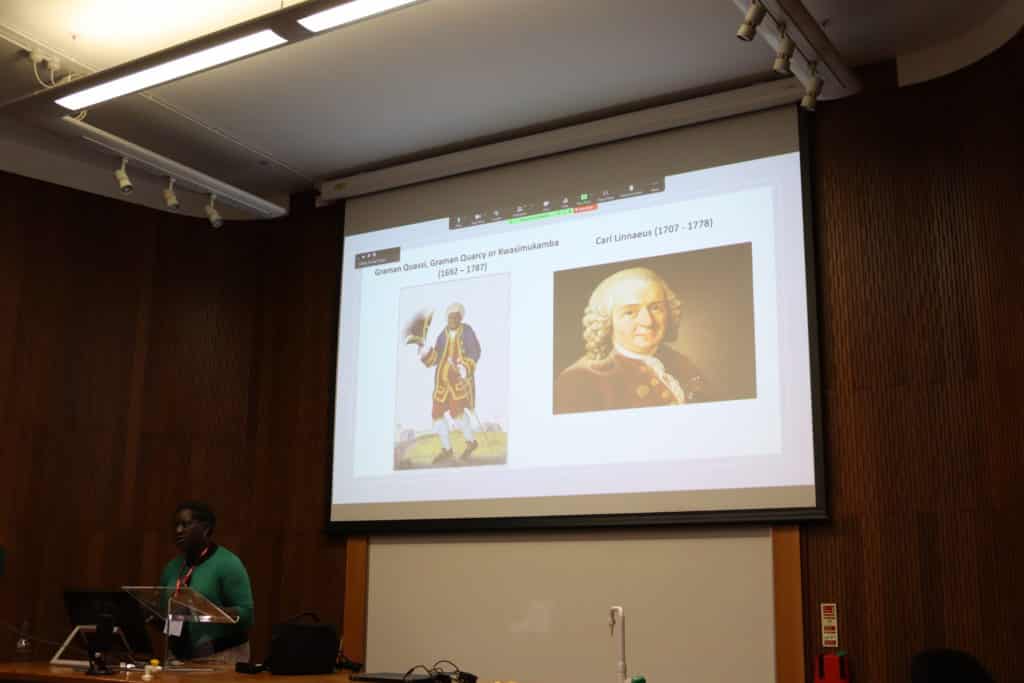
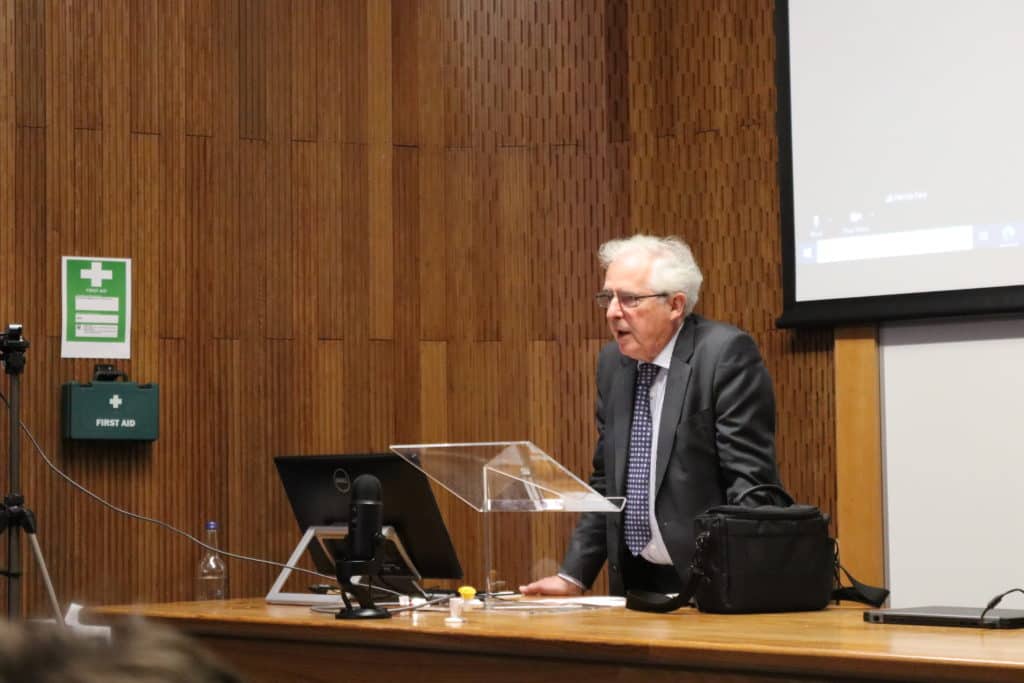
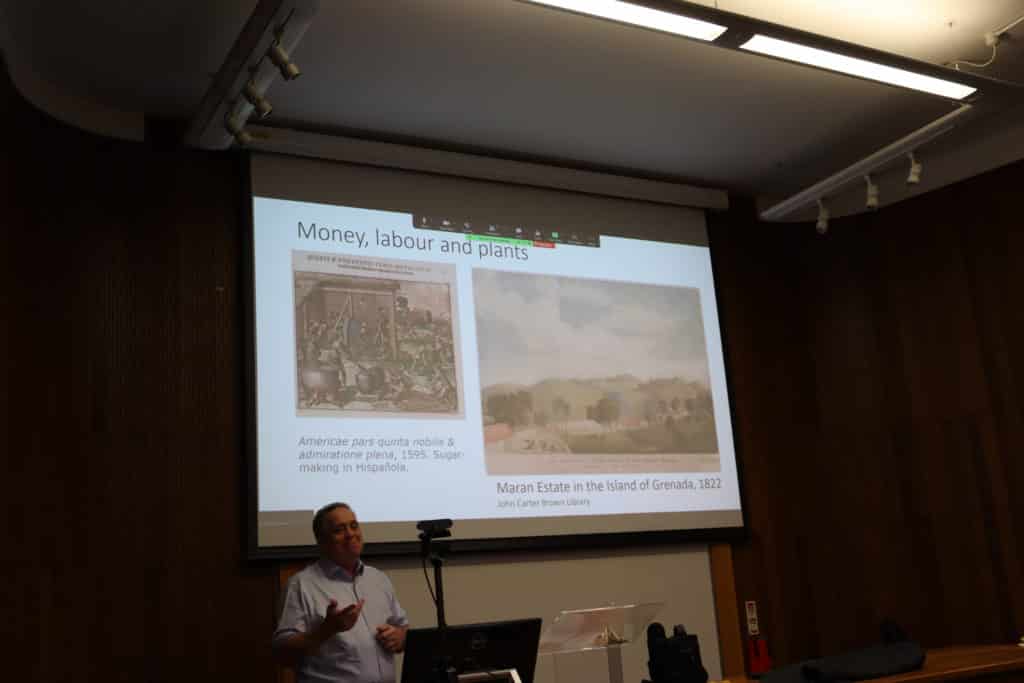
Windsor Festival and Fringe
As part of this year’s Windsor Festival and Fringe, Eton College Collections held two, free events in October.
Free Talk and Exhibition View
Written by Oscar, Year 13
In early October, as boys put on concerts, performances, and talks for the Windsor Festival, Eton’s museums also opened to the public for celebrations of artists and naturalists alike. One standout event honoured the life and incredible work of Joseph Banks, an Old Etonian botanist who revolutionised the scientific world to the same extent as Darwin or Newton.
Beginning with a talk by Mr Fussey, the curator of Eton’s Museum of Natural History, the lecture taught a group of 40 visitors all about Banks as a man, from his education at Eton, to his botanising around the world and the exploits in Tahiti which soured his reputation.
Visitors learnt how Banks brought tens of thousands of plant species to Britain after his voyage with Captain Cook’s Endeavour, and how they were painstakingly etched onto copperplates over many decades. Banks is revered as having singlehandedly discovered over 1400 new species, many of which are immortalised in his Florilegium, a collection of prints from the copperplates only made in the late 20th century by another Old Etonian, Joe Studholme OE who organised the printing of 100 sets of the 738 surviving Florilegium plates, some of which were on display for visitors to see in College Library and in the exhibition in the Tower Gallery. The prints are immensely detailed and in full colour.
Thanks go to Mr Fussey for the illuminating talk.
Feather & Flight: A Bird Trail of Eton College Collections
Over three Sunday afternoons, the public were invited to pick up a free entry map from Brewhouse Yard and follow a bird themed trail for a unique chance to see objects related to our feathery friends on display in the museums and galleries. This addition to the usual Sunday openings also included craft activities for families.
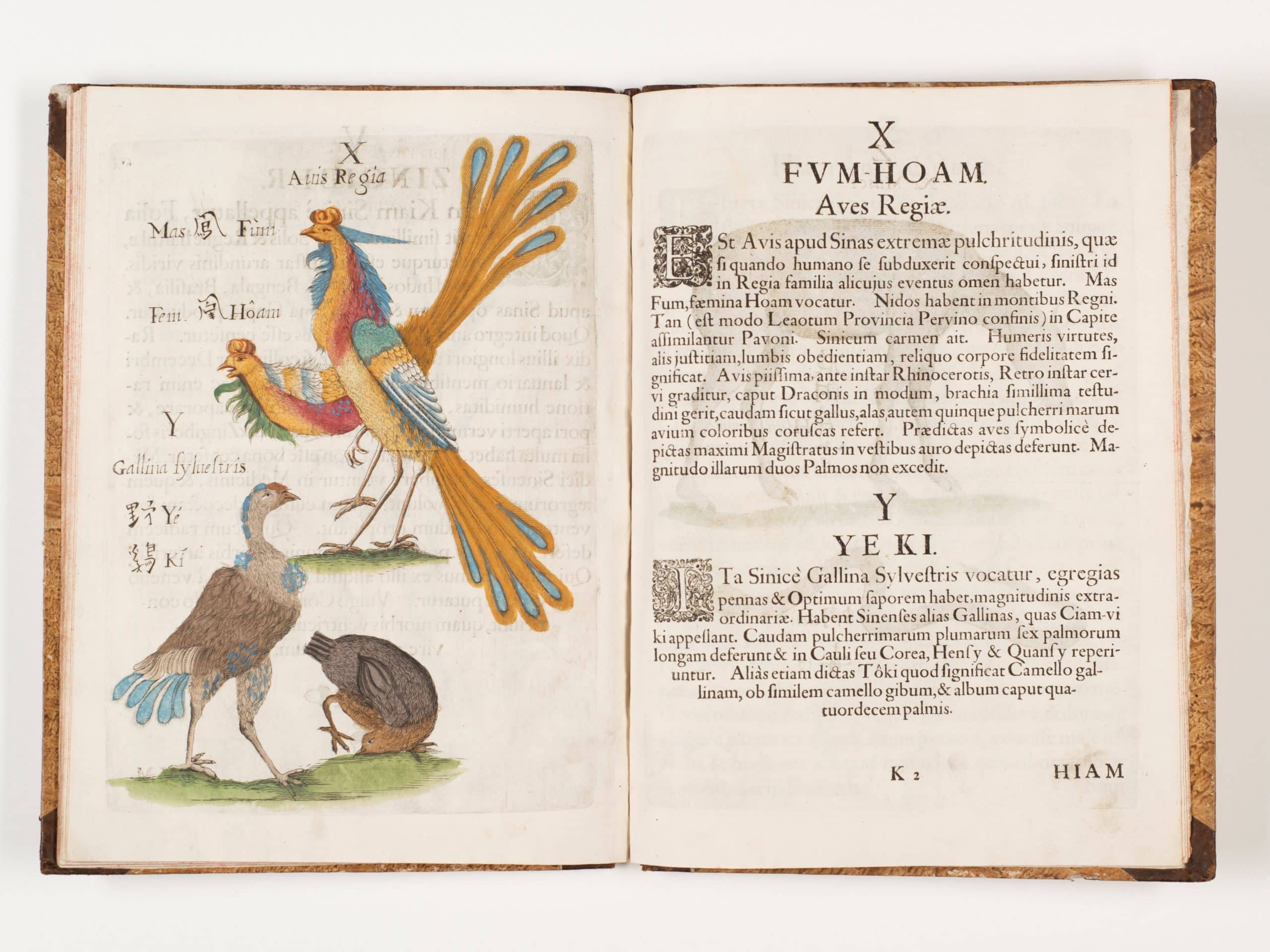
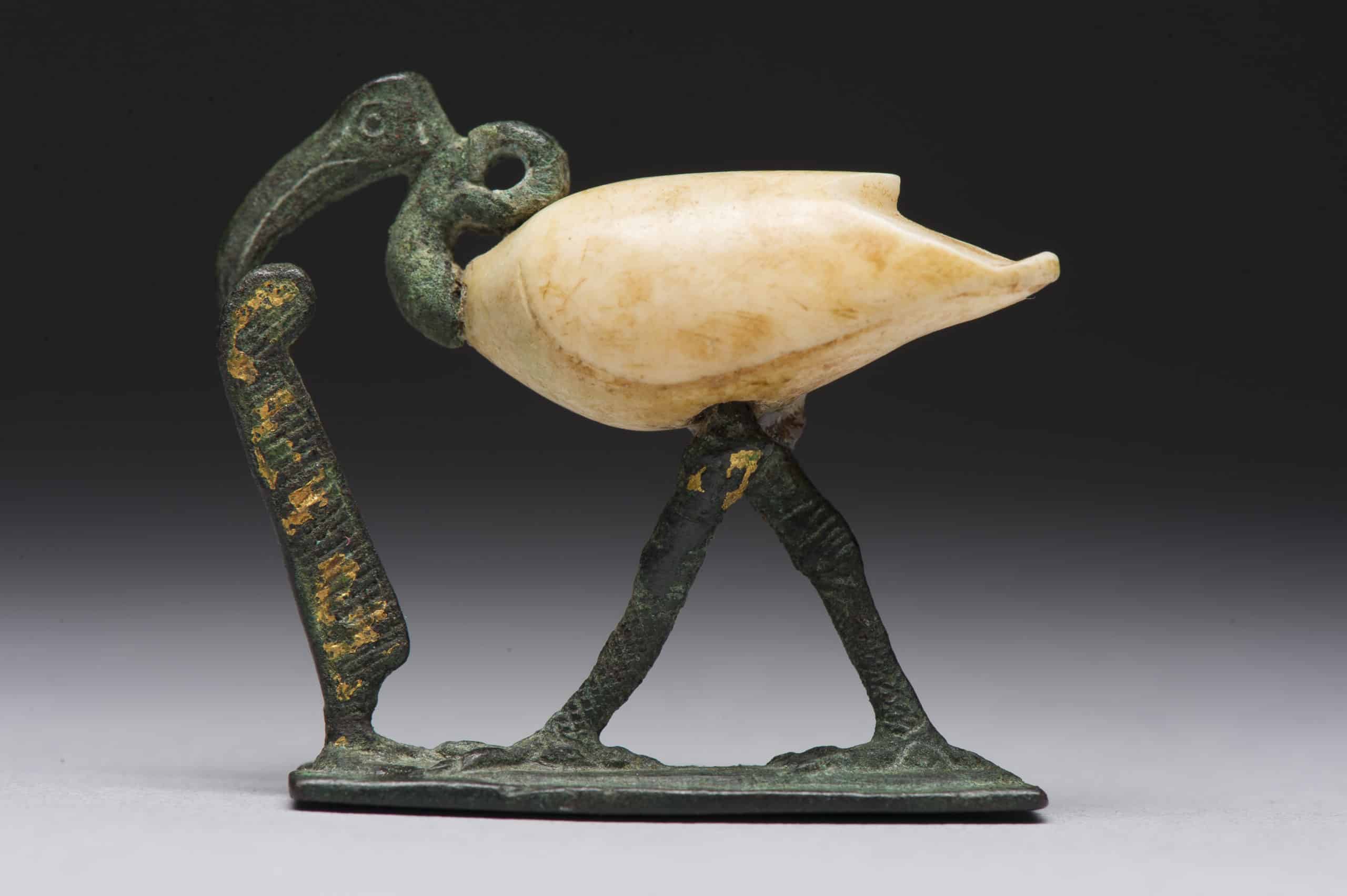
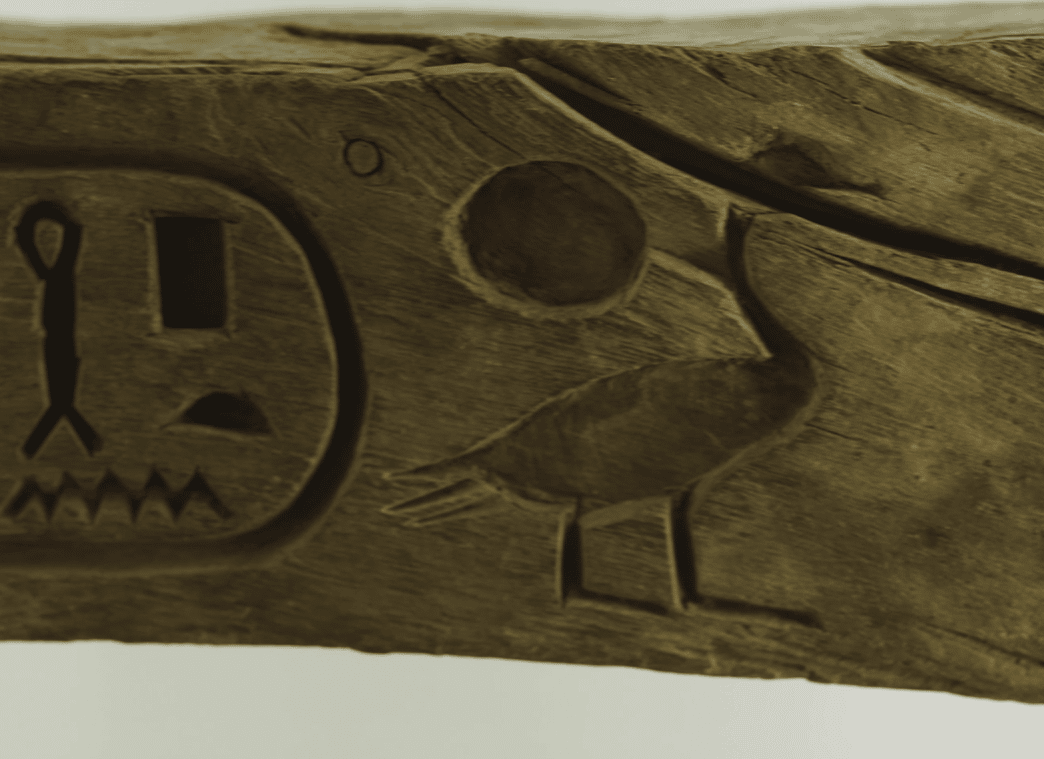
Halloween Activities
On Sunday 28 October, over 100 individuals visited the Natural History Museum to take part in a free Halloween craft workshop during usual Sunday openings. Children and adults worked artistically and imaginatively to create bats and pumpkins out of paper to take home with them! There are children’s worksheets available every Sunday in the museums and free craft activities throughout the year.
A reminder of the November Museum and Gallery opening times:
